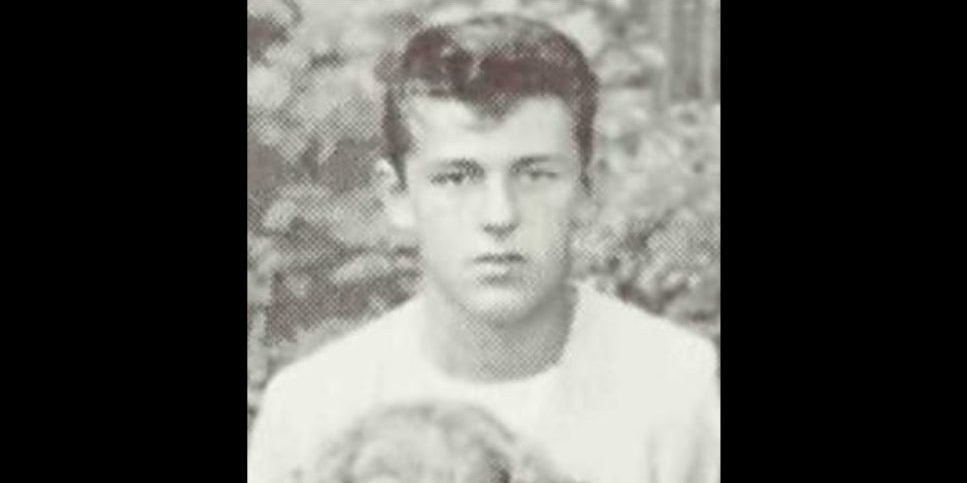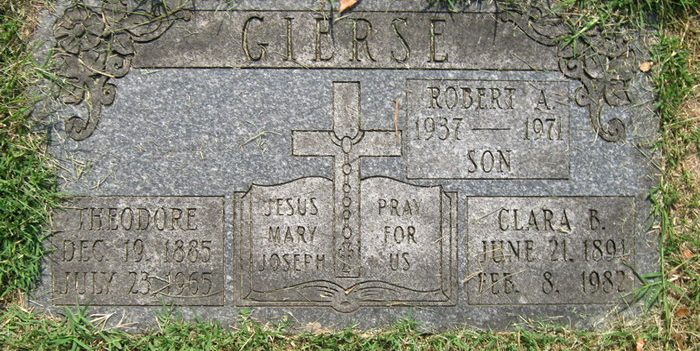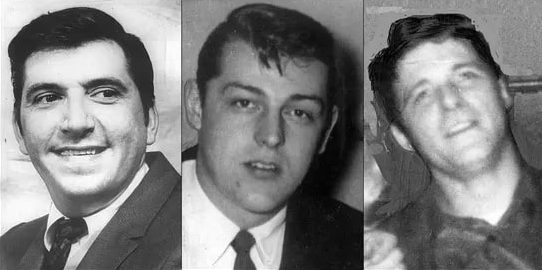For the residents of Indianapolis, the LaSalle Street murders of 1971 remain a notorious chapter in their local history. The conspiracy theories and unexpected twists and turns have puzzled everyone familiar with the case. In 1971, Robert Hinson, James C. Barker, and Robert Gierse were discovered dead in Indianapolis, Indiana. These three young men were prospering in their newly established business, and despite the police investigation uncovering numerous leads, none yielded results. The Crime Junkie podcast episode titled ‘Infamous: The LaSalle Street Murders’ delves into the factors that kept the case unsolved and the ultimate closure, which left more questions than answers.
Robert Hinson, James C. Barker, and Robert Gierse Were Killed in Their Home
Robert Hinson, James C. Barker, and Robert Gierse hailed from different parts of the country but found their way to each other as friends by the early 1970s. Robert Andrew Gierse was born in Missouri on November 18, 1937, to Theodore and Clara Gierse. James Clifford “Jimmy” Barker was born on June 12, 1944, in Harrison County, West Virginia, to Charles and Endress Barker. Robert Waddell Hinson Jr. was born on January 18, 1944, in Wilson County, North Carolina, to Robert Waddell Hinson Sr. and Helen Hall. All three grew up to be enterprising young men. In the early 1970s, Hinson and Gierse, who had previously worked together, launched their firm in the microfilm industry called BNB.

On the afternoon of December 1, 1971, Robert Gierse and Robert Hinson failed to show up at work, an unusual occurrence for both men. They were not answering any calls, and their colleagues at the office assumed they had partied the night before and were likely sleeping it off. Concerned, a friend visited their house to check on them after hearing they were still home. Upon arriving at their residence on North LaSalle Street, he noticed their other friend, James Barker’s car, was also parked outside.
When he entered the house, he saw that the front door was open, and nothing seemed amiss at first glance. However, he soon noticed a pair of feet sticking out from the bathroom door. As he approached, he discovered the bodies of all three friends. James Barker was lying in the bathroom, Gierse was in one of the rooms, face up on the bed, and Hinson was in another room, face down on the bed. All three men were gagged, their hands tied with torn pieces of fabric, and their throats had been slit. The police responded to the scene immediately, and a coroner’s report determined they had died between 8 p.m. and 2 a.m. on the night of November 30 to December 1. The cause of death was asphyxiation, and they had also suffered blunt force trauma to the head.
Robert Hinson, James C. Barker, and Robert Gierse Died of Asphyxiation and Neck Wounds
The police could make a few deductions from the crime scene right away. They found a bloody footprint in the hall. However, the house was largely untouched, and it did not seem like there had been a struggle between the perpetrators and the victims. Since no items were taken from the house, the possibility of a burglary was quickly eliminated. The police also concluded that the perpetrator had likely been one person who attacked the three men as they entered the house, with some time between each attack. The perpetrator had subdued them and then carried out the killings one after the other. Due to the extremely violent nature of the crime, the police deduced that it had to be someone close to the victims.

The police began investigating people who might have had conflicts with the young men. They came across the name of a woman named Diane, who had been involved in an extramarital affair with Gierse. Her car was seen outside the house, prompting the police to bring her and her husband, Carroll Horton, in for questioning. Diane admitted that she had come to the house around 1 a.m., but all the lights were off, so she never entered. The police suspected Horton, alleging that he might have killed the men out of vengeance. However, Horton had a solid alibi, and the police could not pursue the matter further.
There was another suspect the police considered: Gierse and Hinson’s previous employer, Ted Uland. Uland had taken out life insurance policies for the two men, which cost $50,000 and $100,000 each. He had also reported the theft of his microfilm equipment a few months before the murders, and much of this equipment was found in the two men’s office. The police questioned Uland, but he had an alibi and refused to take a polygraph test. With no further leads, the case soon went cold until interest in the case was revived in the 1990s.
In the 1990s, Horton was indicted for the murders, but after a brief review of the evidence, prosecutors dismissed the case, citing insufficient grounds for prosecution. The case remained unresolved until 2001, when a significant breakthrough occurred. After Fred Harbison passed away, his daughter discovered a letter he had written addressed to the Indianapolis police. In this letter, Harbison confessed to committing the murders at the behest of Ted Uland for the life insurance policies.
The police meticulously verified the claims in the letter. Harbison owned a collection of sharp knives consistent with the weapon used in the murders. His wife confirmed that Harbison had worked for Uland and recalled seeing him burying his boots. With this new evidence corroborating the letter’s contents, it was concluded that Harbison had indeed carried out the murders for Uland. As both men were deceased by this time, the case was officially closed.
Read More: Douglas Wagg Jr: What Happened to Him? How Did He Die?


You must be logged in to post a comment.